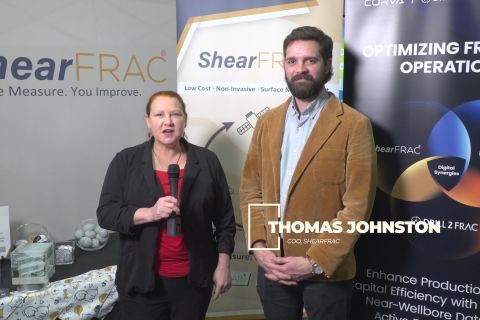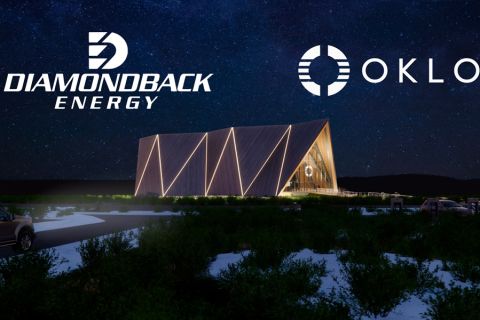The nature of shale wells is such that production rates vary greatly in a short period, producing high rates when wells are initially completed and falling off substantially before leveling out over the long term. As a result of such dramatic production variations, production engineers can be challenged in designing artificial lift methods. In addition, companies are working on solutions to problems like faulty lift equipment, which leads to high costs and downtime.
Electric submersible pumps (ESP) and gas lift are among the multitude of choices operators have when choosing artificial lift designs. Shortly after the company went public last year, Apergy looked to get a sense of how operators saw the two lift methods, or if they saw much of a difference in them at all. As the survey showed, operators said the two technologies are not interchangeable.
One respondent, a production and engineering expert at a large, publicly traded independent, said multiple factors go into the decision when choosing an artificial lift strategy.
“What you can’t see is underground and the differences from one well to another can be extremely big in terms of the bottomhole pressure and flow rates,” the respondent said.
Apergy found that in the liquidsrich Midland and Bakken basins, ESPs were the primary initial form of artificial lift, while in places like the gassier Delaware and Eagle Ford basins, operators were more likely to opt for gaslift methods. Respondents said the most critical factors when selecting an initial artificial lift technology are a reservoir’s IP rates, its gas-oil ratio and access to natural gas and compressors.
However, companies surveyed also said that in the current oil price environment of about $55/bbl oil, artificial lift selection is more often determined by initial flow rate and well conditions and that “improving oil price favors ESP due to higher production rates driving higher returns.”
Higher returns, of course, is the name of the current game in the E&P world. When deciding artificial lift strategies, among a variety of others, operators can face the choice of a higher-cost method that provides greater returns, like an ESP, over a lower-cost option, but one that might not provide the best results from a production standpoint.
Compounding matters is the issue of ESP failure, which is costly in both the financial and downtime sense. One of the most practical and, so far, successful applications of artificial intelligence being deployed in oil and gas operations is the prediction of ESP failures.
Following the price downturn in 2016, an operator in Colombia’s Casabe Field chose to leave a number of wells inactive, even though they still contained significant reserves. According to the recent SPE-190961 paper on the topic, “the cause of this decision was the expenses associated [with] the high frequency of interventions required due to the adverse sand production effects on the artificial lift systems.”
To solve the problem, the operator’s service providers developed a new helico-axial downhole pump, or V-pump, that resulted in an extended runlife in the four pilot wells of between 180% and 420%, according to the SPE paper.
With indications that the era of optimized completions might have peaked, and with operators cutting back on drilling activity in favor of maximizing production, artificial lift will likely play an even more important role in a company’s operations.
Recommended Reading
Comstock Continues Wildcatting, Drops Two Legacy Haynesville Rigs
2024-02-15 - The operator is dropping two of five rigs in its legacy East Texas and northwestern Louisiana play and continuing two north of Houston.
ShearFRAC, Drill2Frac, Corva Collaborating on Fracs
2024-03-05 - Collaboration aims to standardize decision-making for frac operations.
Diamondback May Go Nuclear to Power Permian Basin Ops
2024-04-08 - Oklo Inc., a California fission power plant developer, on April 8 said it signed a letter of intent to collaborate with Diamondback Energy on implementation of nuclear energy for drilling operations in the Permian Basin.
Chevron Hunts Upside for Oil Recovery, D&C Savings with Permian Pilots
2024-02-06 - New techniques and technologies being piloted by Chevron in the Permian Basin are improving drilling and completed cycle times. Executives at the California-based major hope to eventually improve overall resource recovery from its shale portfolio.
Deepwater Roundup 2024: Offshore Australasia, Surrounding Areas
2024-04-09 - Projects in Australia and Asia are progressing in part two of Hart Energy's 2024 Deepwater Roundup. Deepwater projects in Vietnam and Australia look to yield high reserves, while a project offshore Malaysia looks to will be developed by an solar panel powered FPSO.





